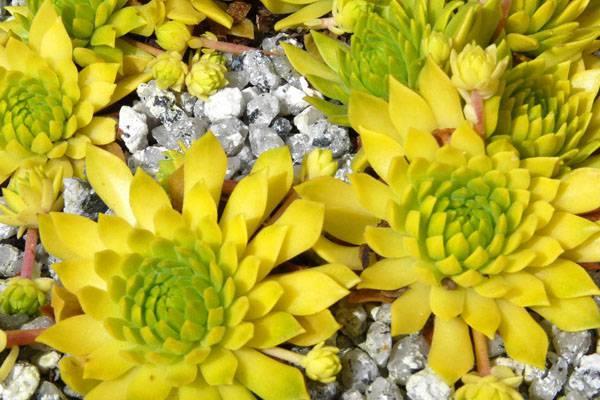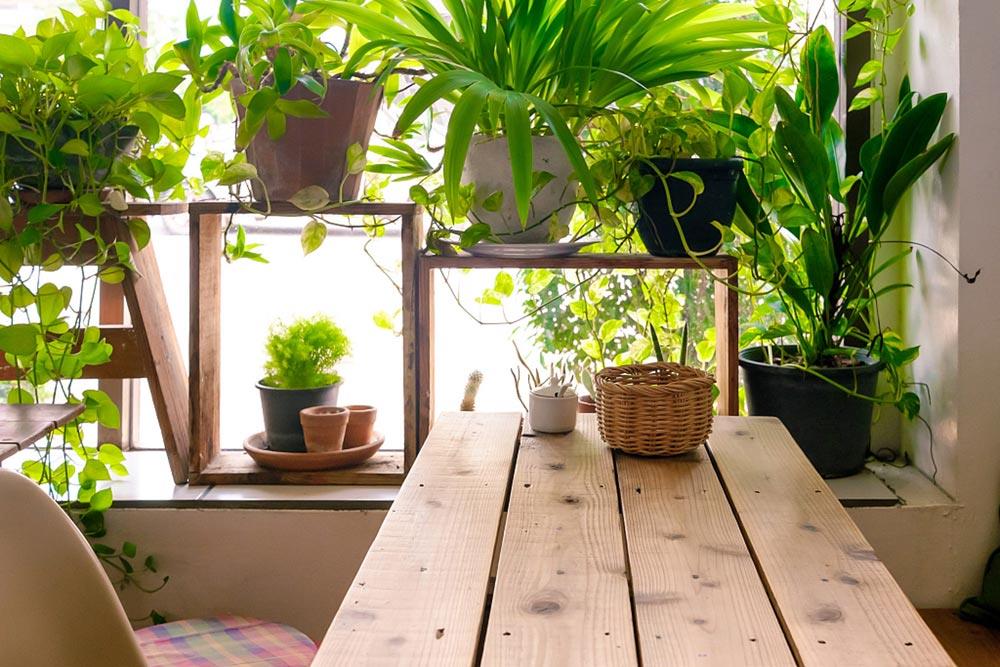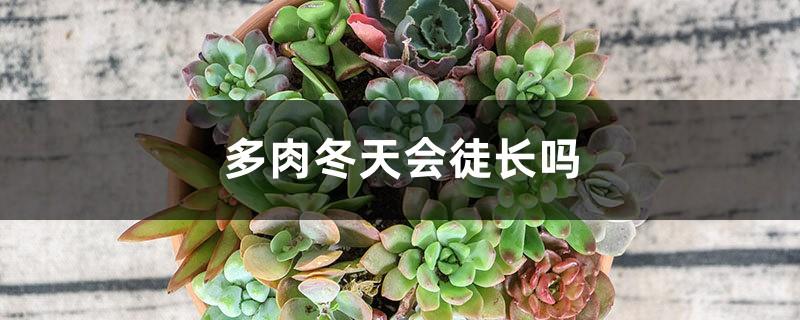Complete knowledge of Sempervivum of Crassulaceae family
Last Update :2024.11.11
Article Catalog
Sedums are the most commonly cultivated succulents at home. Sedum succulents of the genus Sempervivum include Avalokitesvara, Juan Juan, Purple Peony, etc. This article will introduce to you the categories of Sempervivum. Introduction and FAQ.

Succulent plants are becoming more and more popular in the flower gardening world, and the first one to bear the brunt is the succulents of the Crassulaceae family. As the main genus of Sempervivum in the Sedum family, more and more flower lovers are starting to grow it. In order to let flower friends better understand the succulent habits of Sempervivum and better raise it, the editor will introduce to you in detail the classification and varieties of Sempervivum, as well as the key points of maintenance!

Introduction to Sempervivum Succulent
Alias and Origin
The succulents of the genus Sempervivum are native to central and southern Europe, the Caucasus of North Africa and Asia Minor (East Asia), and are gradually distributed to Asia and the Americas, including China, Japan, Myanmar, India, and North America. The hills of Canada.
Latin name: The genus name is the Latin words semper (eternal) and vivium (growing)
Chinese name: Sempervivum genus, spider nest bandai grass (Japanese botanist Name)

Varieties of Sempervivum
< p> Initially, 23 species of Sempervivum were discovered (in the 1930s). After the "fire", the number of recorded varieties of Sempervivum increased dramatically. The main reason is that the succulents of this family are very easy to hybridize, and the names and quantities are very confusing.For example: S.tectoram, this succulent has 500 varieties and more than 70 scientific and cultivation names! Some of them are early natural hybrid varieties and variants, and after screening, there are a total of 50 varieties.
In the mid-Meiji period of Japan, Sempervivum succulents became popular and widely reproduced. In recent years, meat has been introduced into my country, mostly from Japan. The most common family cultured species of Sempervivum is Juanjuan.

Morphological characteristics of Sempervivum
Sempervivum is a perennial succulent herb with slightly thick leaves in rosette-shaped whorls. The leaves are compact and distributed with silky hairs. Sempervivum flowers are in cymose panicles; they come in red, yellow, white, green and other colors. It is relatively similar to the genus Lotus.
Knowledge on the care of succulents of the genus Sempervivum
How to propagate succulents of the genus Sempervivum
Succulents of the genus Sempervivum are very cold-resistant and sensitive to high temperatures. They need to be used in breeding and cultivating species. Pay attention to maintaining air circulation, especially in summer when high temperature environments are prone to black rot.
For soil selection, humus soil is selected, and sandy soil is used as the upper layer, which is slightly acidic. Seeds can be propagated by division and leaf cutting, and seeds can be easily obtained by crossbreeding. It should be noted that do not water from the top of the plant, otherwise the filamentous hairs will disappear and affect the ornamental value.
Control of pests and diseases of Sempervivum
Mainly include leaf-eating pests and rotting molds. Generally, killer pesticides are effective against insect pests and generally have strong disease resistance.

Common classification of succulents of the genus Sempervivum
Classification method
Since the genus Sempervivum is very easy to hybridize in natural and artificial conditions, the classification of the family and genus is also controversial.
Early succulent experts generally divided the genus Sempervivum into two subgenus: Sempervivum (subgenus Sempervivum) and Jovisbarba (subgenus Sempervivum). Now it is generally divided into 2 groups. . In recent years, scholars have been sorting out early varieties, and the identification of species of European origin has made classification more scientific.
Common Sempervivum succulent

Juanjuan: The leaves are all green, with spider-like silky hairs on the leaf tips. This species became popular in the 1940s and is more common now, but it is still a beautiful species.
Big red silk: a horticultural cultivar, with a plant diameter of 6-7CM, leaf margins with vellus hairs, almost hairless and filiform hairs on the leaves, leaf apex wide, leaf tips obvious, leaf base red, after autumn The plant gradually turns red and the branches become shorter. Cold-resistant, winter and spring are the growing seasons.
Purple peony: There are short white hairs on the leaf edges, and the plant turns deep red from the leaf base in late autumn.
Lingjuan: The leaf tips are red for several generations. There are only a few pekoe hairs on the leaf edges, and the whole plant is hairless.
In addition, there are: Dahua Lingjuan, Lingjuan, Wu's Immortality, Sundae, Lingzakura, etc.
Hybrid varieties of Sempervivum
Since Sempervivum is very easy to hybridize in nature, more than 200 varieties have been produced. In the mid-19th century (1853-1870) Started a lot of research and discovered the relationship between the three natural hybrid varieties of arachnoideum (curly silk), montanum (Yiyama cherry), and wulfenii (Wu's growing grass), and then discovered the relationship between them and tectorum (silk silk), grandiflorum ( Grandiflora), a prospective basic study was conducted on the classification and artificial hybridization of the genus.
In the end, the editor just wants to say: Your circle is so chaotic! !
- END -
A 50-year-old peony, a 110-year-old cactus, these flowers are actually older than you!

It’s easy to grow a flower for 3 and 5 days. It takes patience to grow it for 3 a...
Will succulents grow leggy in winter?

Succulents can also easily grow leggy in winter. Improper maintenance in winter wi...